NASA Astronomy Picture of the Day 23 February 2023: The weird Spiral Galaxy Arp 78
NASA’s Astronomy Picture of the Day is an enthralling picture of the peculiar Spiral Galaxy Arp 78.
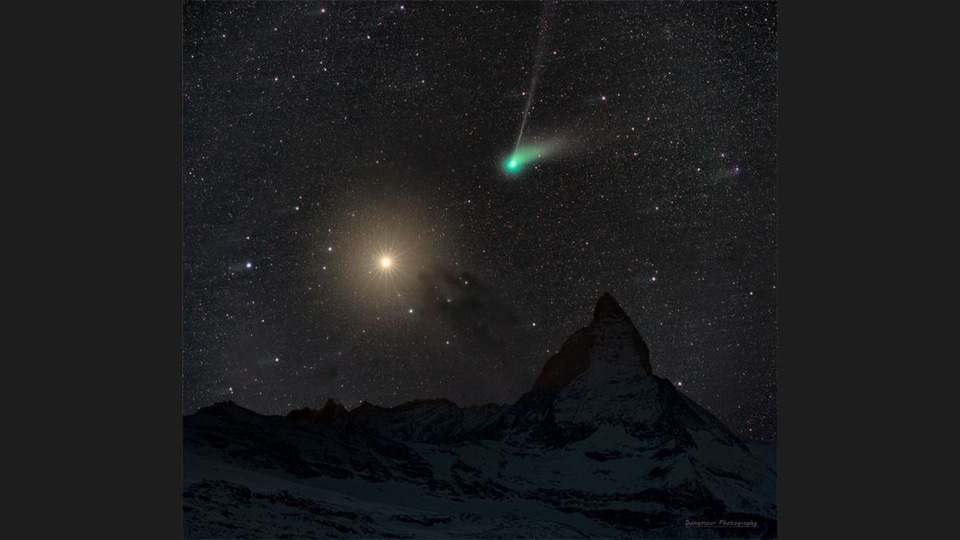
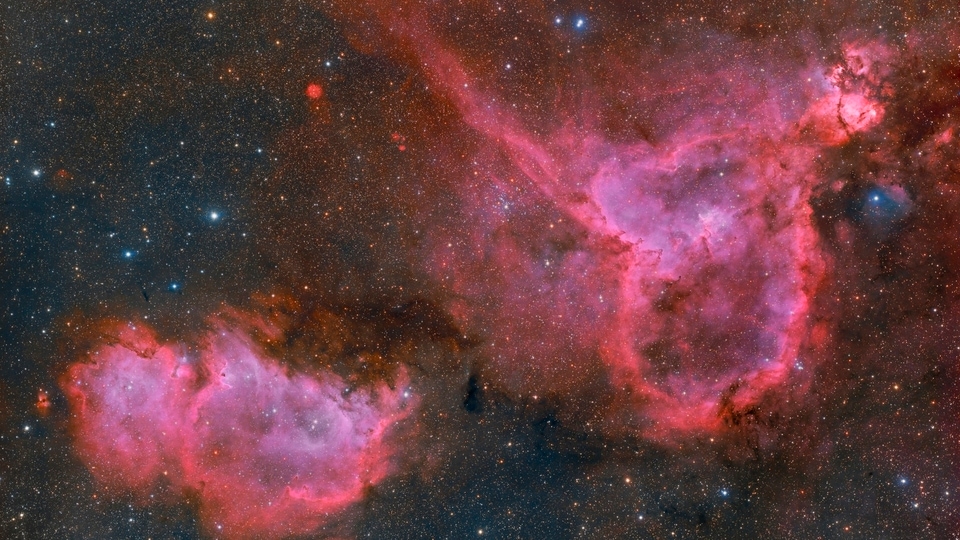
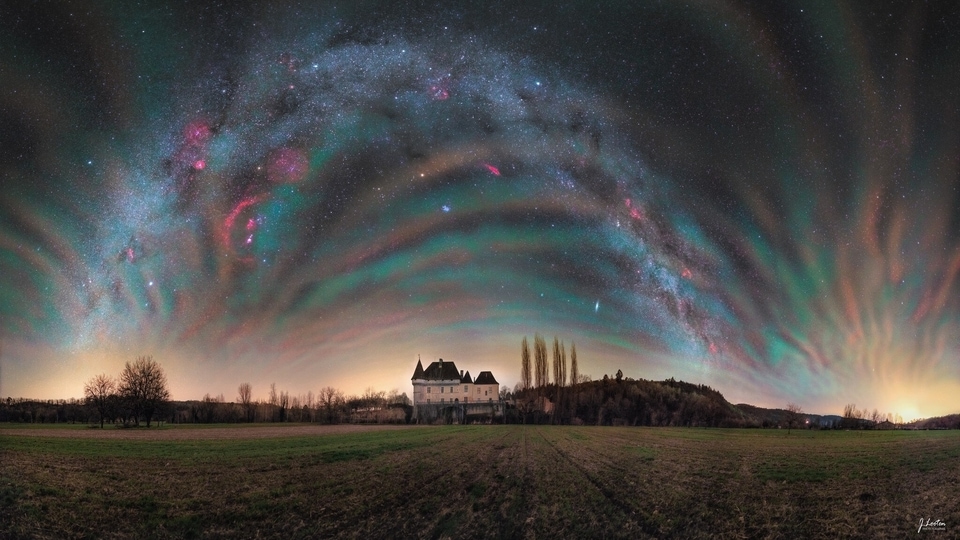

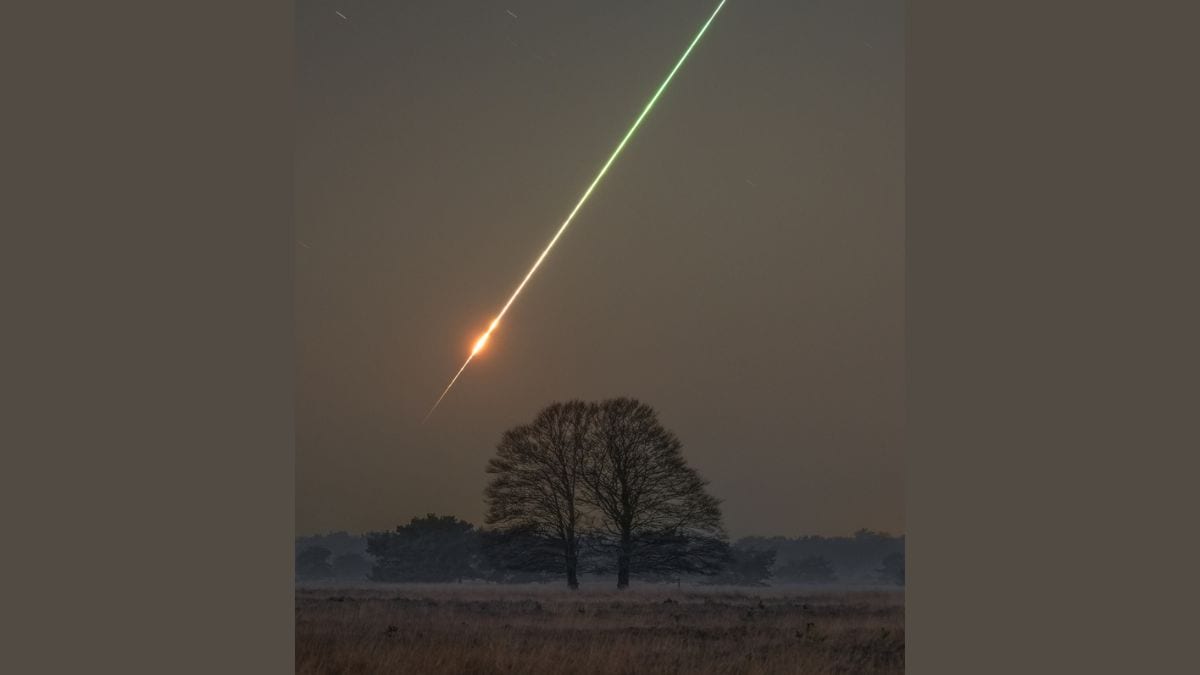
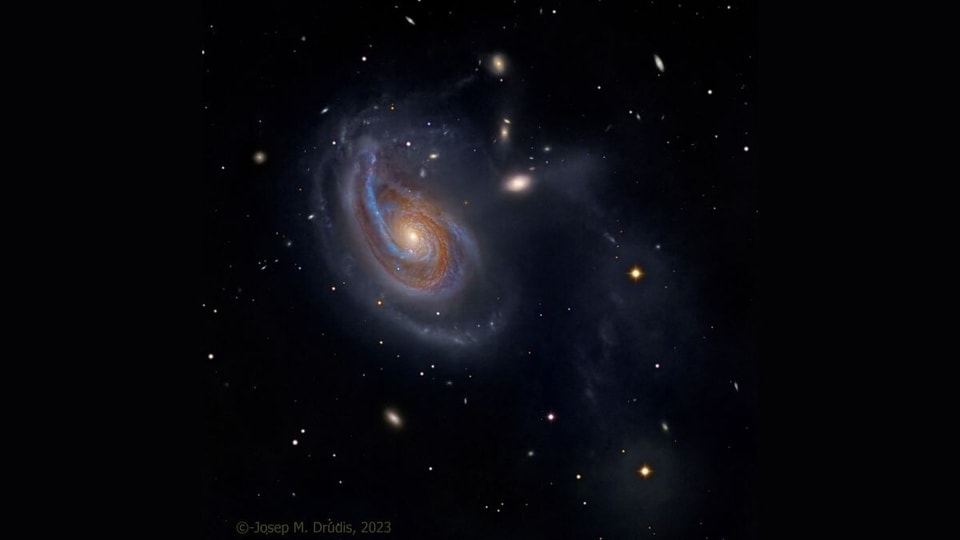
 View all Images
View all ImagesGravity binds a galaxy, which is a vast assembly of gas, dust, billions of stars, and their respective solar systems. Galaxies exhibit an array of sizes, ranging from diminutive dwarf galaxies with a meager population of a few billion stars to colossal elliptical galaxies with trillions of stars. While most galaxies have elliptical shapes, some possess unique shapes, such as toothpicks or rings. One of the most amazing shapes in which galaxies exist is the Spiral Galaxy.
NASA's Astronomy Picture of the Day is a picture of a spiral galaxy named Arp 78. It is an enormous galaxy which spans nearly 200,000 light-years across and exists almost 100 million light-years away in the constellation Aries. Arp 78 is also known as NGC 772. Alongside Arp 78, another faint galaxy can be seen, which is NGC 770. The picture was captured by astrophotographer Josep Drudis.
What is a Spiral Galaxy?
According to NASA, Spiral galaxies are actively forming stars that make up a large amount of all the galaxies in our nearby universe. They can be further divided into two groups: normal spirals and barred spirals. In barred spirals, a bar of stars runs through the central bulge of the galaxy.
NASA's description of the picture
Peculiar spiral galaxy Arp 78 is found within the boundaries of the head strong constellation Aries. Some 100 million light-years beyond the stars and nebulae of our Milky Way galaxy, the island universe is an enormous 200,000 light-years across. Also known as NGC 772, it sports a prominent, outer spiral arm in this detailed cosmic portrait.
Tracking along sweeping dust lanes and lined with young blue star clusters, Arp 78's overdeveloped spiral arm is pumped-up by galactic-scale gravitational tides. Interactions with its brightest companion galaxy, the more compact NGC 770 seen above and right of the larger spiral, are likely responsible. Embedded in faint star streams revealed in the deep telescopic exposure, NGC 770's fuzzy, elliptical appearance contrasts nicely with spiky foreground Milky Way stars in matching yellowish hues.
Catch all the Latest Tech News, Mobile News, Laptop News, Gaming news, Wearables News , How To News, also keep up with us on Whatsapp channel,Twitter, Facebook, Google News, and Instagram. For our latest videos, subscribe to our YouTube channel.


























